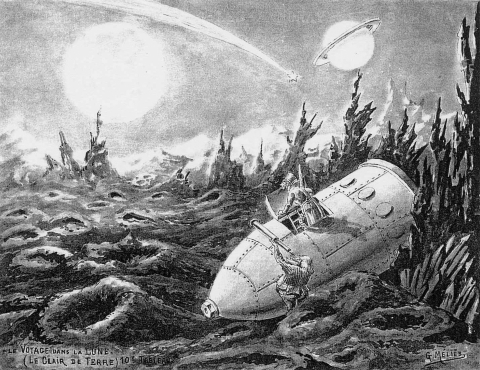Part I: A Gentleman’s Wager
A Scientifically Fictional Narrative for Learned Gentlemen

It was a good evening for a late supper and hence the well-endowed fellows had gathered at the Royal Society for a light supper of roasted hollandaise pheasant with mustard toasted Ceylon rice and tomatoes with a sort of dry bread crumb topping. Alongside was a brisk salad of cucumber and radish, fresh and succulent, wet with the dew of the north country.
Afterward were served a savory toast of melba with brie and other soft Continental cheeses arranged on a silver platter for convenience. Ethiopian coffee was brought out in perfect porcelain cups and matching saucers which bore the symbol of the Chinese dynasty of Ming. Raspberry almond tortes complemented the festivities. The tortes were of course prepared by the Royal Society’s expert pastry chef Pierre DuMonde, a Parisian whose saucy attitudes were equaled only by the sauciness of his casseroles. He had served under the rotund and mustachioed Belico Concito, a Spaniard master chef whose Liberian delicacies were well sought after by discerning gentlemen of the more fashionable palates and of the more fashionable of London’s districts.
On the evening in question, the grouping of gentlemen, purveyors of the insatiably trophened consumables of the Royal Society, moved their persons into the anteroom. There, the servants placed in each manicured hand a decanter of Cognac, a birch-barrel aged beverage from the distillers of the ruddy Chateau de Bivouac deep within the rolling hills and rustled fronds of the Cognac region of the French Republic.
As the bells of the Church of St. Francis the Aggressor (a gift to the town from the Ladies’ Association of Gardeners of Lower Buxley) began to chime out nine of the clock, Sir Rutherford Limney- Smythe Humbridge, Earl of Cuxwold, stood up his imposing twelve stone figure upon his ivory crutches, his cleft chin and low cut jaw the mark of the Humbridge family since the days of Edward IV. His freshly-starched shirt and cuffs were from Lloyd’s and Halbart’s of Dorset Street and were a finely hewn cream colour, a dainty mixture of Welsh linen and Egyptian cotton. The coat and vest, festooned with tails, were a woven ermine hair with sable trim, cut about the shoulders in such a way as to accentuate the glimmering epaulettes. The doublebreasted suit was fastened by gold buttons, each a full three-quarters of an Imperial inch across, with silver inlay detailing an engraved emblem of the seal of the Earl of Cuxwold. The Earl’s pantaloons and breach hampers were matched in the Cumberland style of trouser. His shoes were double-clasped Irish leather of the antiquated sort, a cunning colliery on the whole of the ensemble.
As the bell tower terminated its pronouncements, he spoke with the cuckholded voice of a half-enraged, half-timid bullfinch. “Gentlemen,” he began, “I propose a wager.”
Be ready for next month’s exciting installment:
“Part II: A Most Interesting Piece of Furniture”


